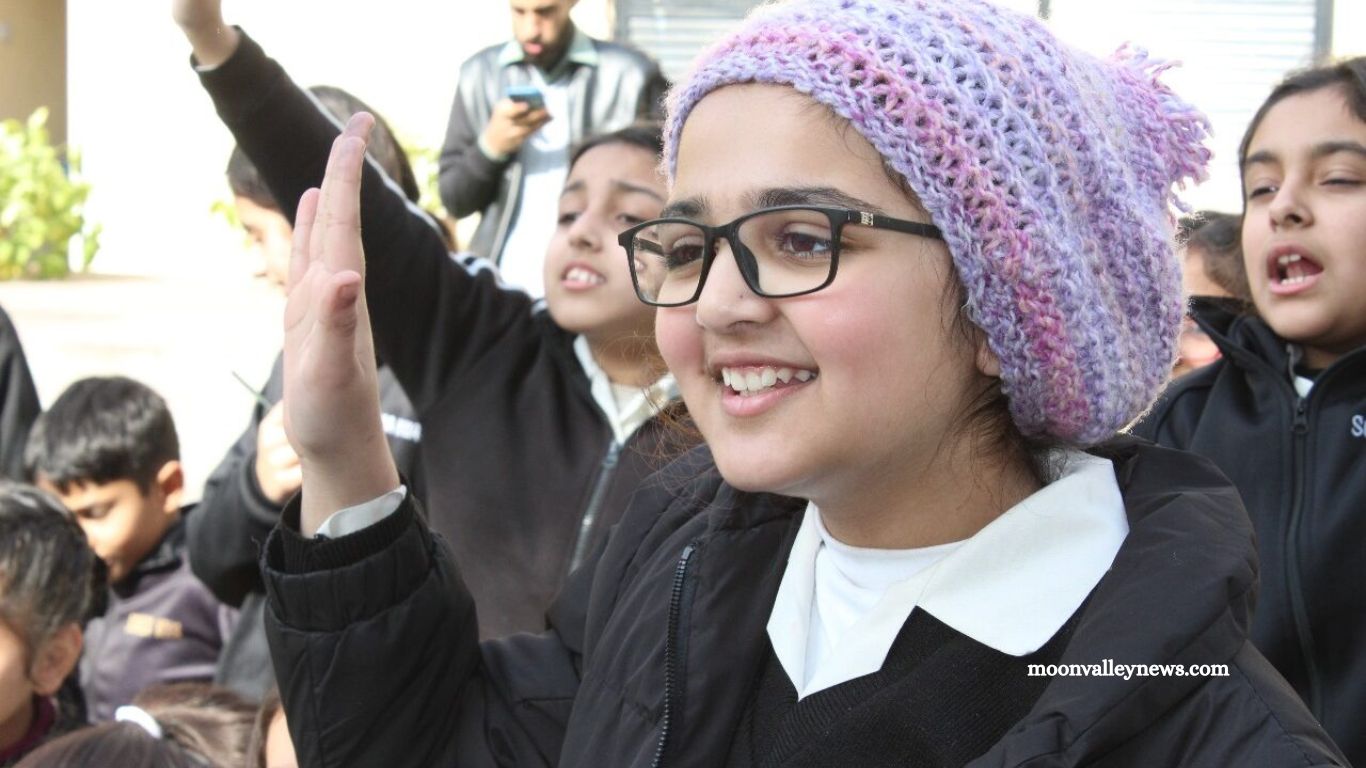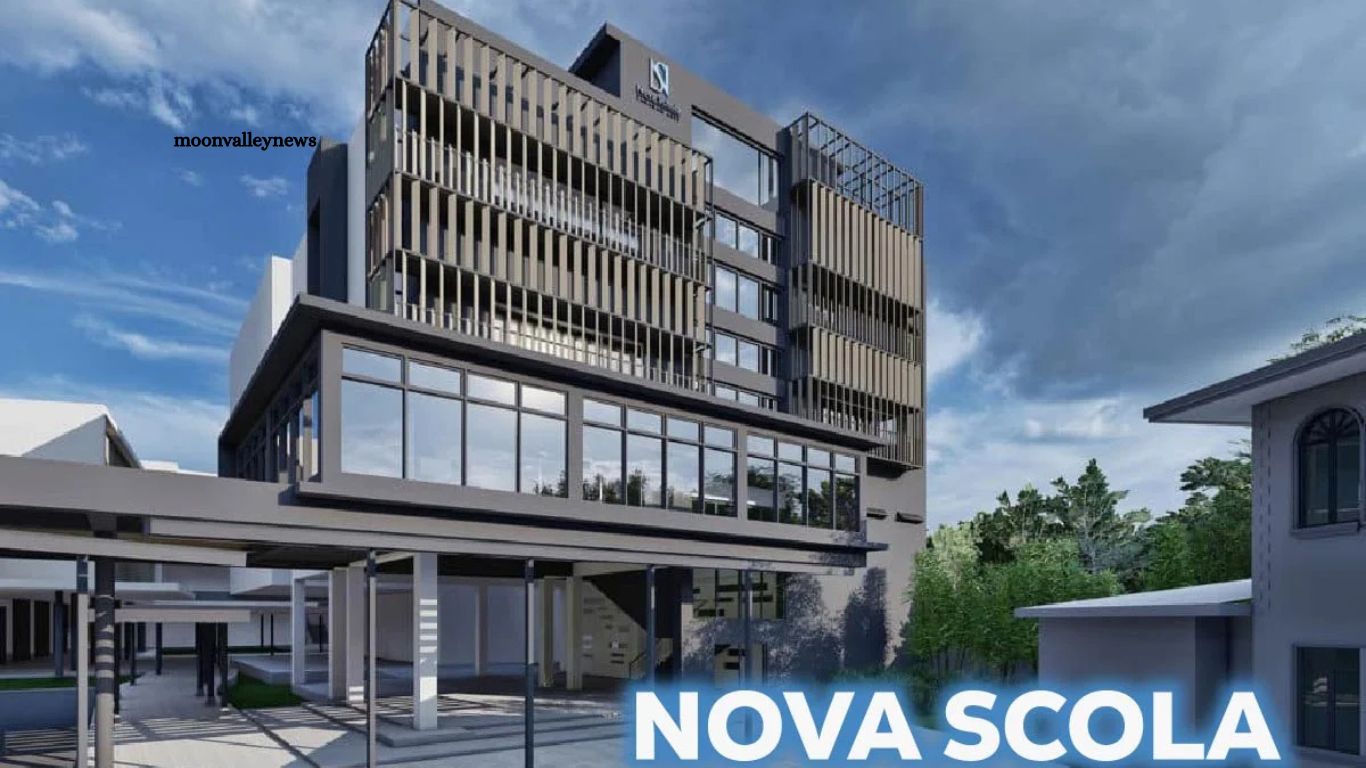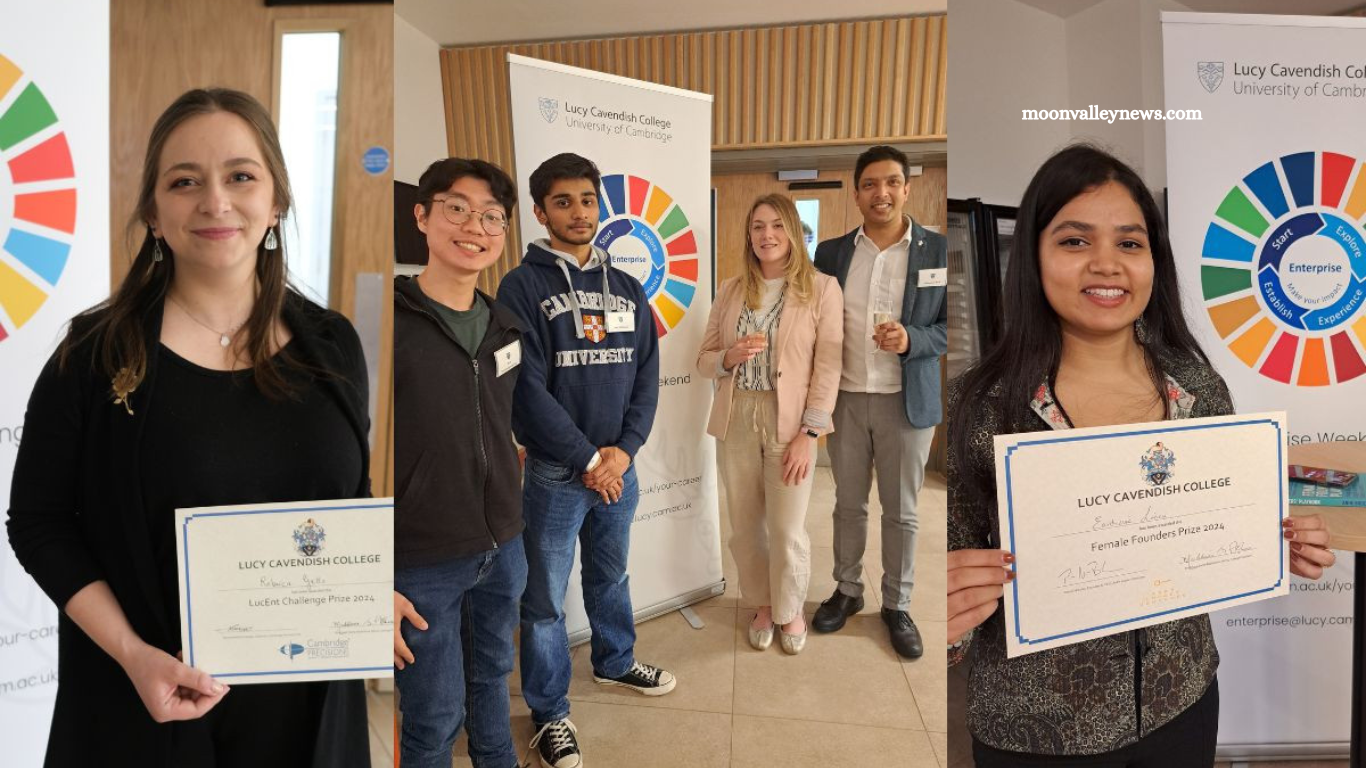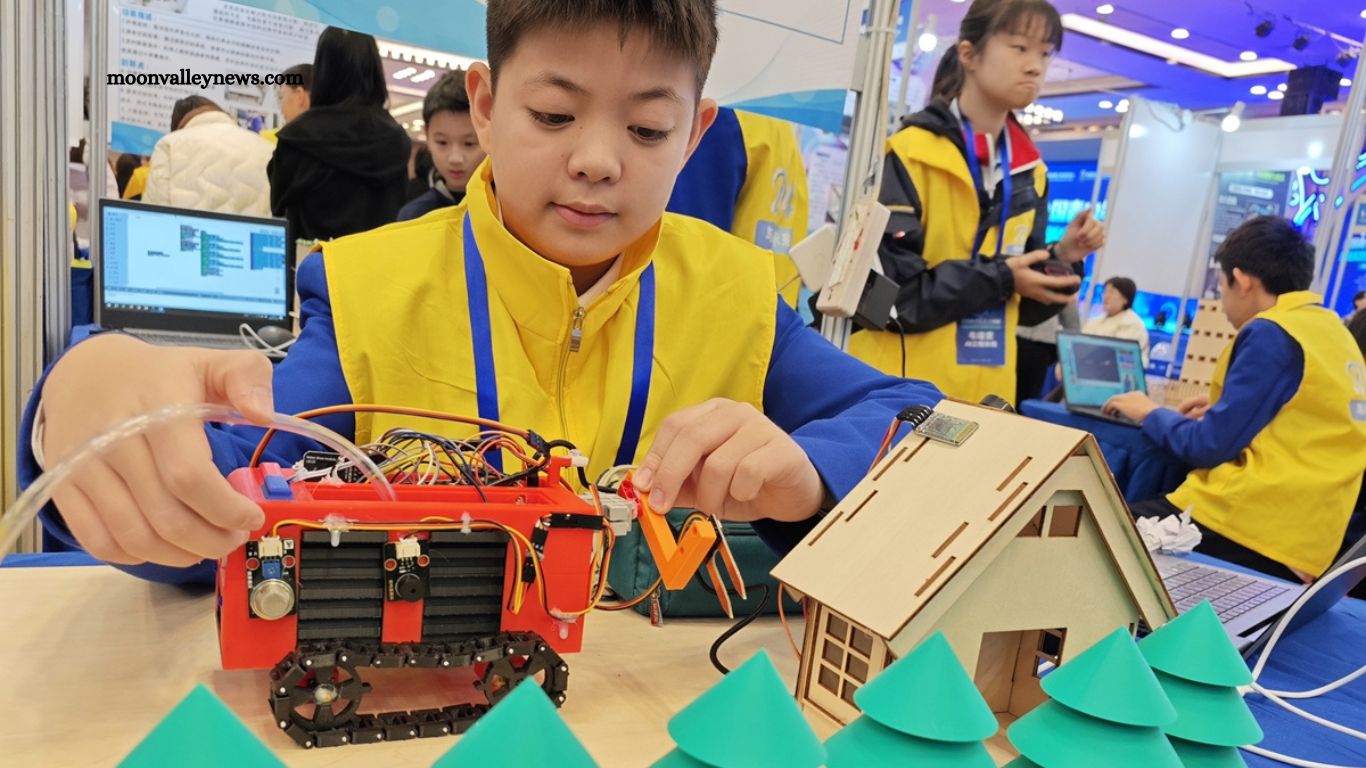In the rapidly evolving world of education, schools and universities are turning to smarter digital Nova Scola frameworks to improve both teaching and administration. One such framework is RWU UAR short for Role-Weighted User Unified Access and Resources. While the term may sound technical, its purpose is simple: to ensure that the right people have the right access at the right time.
From managing student records and distributing digital resources to protecting sensitive data, RWU UAR streamlines operations while enhancing learning experiences. It provides personalized pathways for students, reduces administrative workload, and safeguards compliance with privacy regulations. As classrooms continue to blend physical and digital learning, RWU UAR is becoming an essential foundation for modern education.
Read More: Kodak Warns of Possible Shutdown
What Does “Nova Scola” Mean?
The term “Nova Scola” carries both a literal and symbolic meaning. Literally translated from Latin and several Romance languages, it means “new school.” Yet beyond its direct translation, the phrase embodies a broader vision: the transformation of education itself.
It suggests a departure from rigid traditions toward more flexible, student-centered approaches that emphasize creativity, adaptability, and lifelong learning. In the context of today’s rapidly evolving educational landscape, “Nova Scola” represents innovation where classrooms become spaces of collaboration, digital integration, and personalized growth. As such, it stands not just as a name, but as a powerful symbol of how schools can reimagine themselves to prepare learners for the future.
The Roots and Evolution of Nova Scola
Historical Context
Education has always mirrored the values and priorities of society. The concept of nova scola reflects this ongoing journey of adaptation. From classical academies of antiquity to the industrial-era school systems of the 19th century, each reform movement sought to prepare students for the demands of its time. Nova scola builds on this tradition but emphasizes flexibility, creativity, and relevance in addressing the complex challenges of today’s world.
Education in the Age of Technology
In the modern era, nova scola is inseparable from technology. Digital classrooms, blended learning, and personalized education plans are no longer experimental—they are essential. Online platforms extend access to remote communities, while artificial intelligence tailors assignments to each learner’s strengths and needs. This adaptive, student-centered approach lies at the very heart of the nova scola ethos.
Key Features of a Nova Scola Approach
Personalized Learning Paths
Instead of following a rigid, one-size-fits-all curriculum, nova scola embraces adaptability. Students progress at their own pace, explore areas of personal interest, and access resources aligned with their individual learning styles. Teachers serve as mentors and guides, nurturing curiosity and fostering independent learning.
Collaborative and Project-Based Learning
The nova scola model emphasizes teamwork and hands-on problem-solving. Through group projects, community partnerships, and interdisciplinary studies, students learn by doing—developing communication, leadership, and practical skills that extend well beyond the classroom.
Emphasis on Critical Thinking and Creativity
Nova scola goes beyond memorization. It promotes inquiry, challenging students to ask meaningful questions, critique information, generate original ideas, and view setbacks as opportunities for growth. Creativity and innovation are woven into the core of the learning experience.
Inclusive and Flexible Environments
Diversity and accessibility are central to the nova scola ethos. Both physical spaces and digital platforms are designed to be welcoming, adaptable, and inclusive. This ensures that every learner, regardless of background or ability, has the opportunity to succeed.
The Global Reach of Nova Scola
International Examples
Nova scola is not confined to one country or culture—it reflects a global shift in education. In Finland, classrooms prioritize project-based, student-driven learning. Singapore emphasizes critical thinking, creativity, and holistic development. Across continents, schools are reimagining instruction through flipped classrooms, interdisciplinary courses, and service learning—all hallmarks of the nova scola ethos.
Digital Innovation and Social Equity
Technology plays a central role in expanding the reach of nova scola, making quality learning resources more widely accessible. Yet the movement also highlights the urgency of closing the digital divide, ensuring that innovation benefits all learners, not just the privileged. Global collaboration, open educational resources, and affordable connectivity are essential to creating equitable opportunities for every student in this evolving educational landscape.
Challenges Facing Nova Scola
Balancing Change with Tradition
While innovation drives progress, not all traditional practices should be abandoned. Core skills such as literacy, numeracy, empathy, and respect remain essential pillars of education. The most effective nova scola models blend fresh, student-centered approaches with these enduring foundations, creating a balanced and sustainable framework.
Navigating Resistance and Resource Gaps
Change often brings discomfort. Educators, parents, and administrators may hesitate to embrace unfamiliar methods, particularly when resources are limited or guidelines are unclear. Financial constraints, unequal access to technology, and community skepticism can slow progress. Building a true nova scola requires time, patience, and a commitment to ongoing professional development, ensuring teachers feel supported as they adapt to new roles and responsibilities.
Ensuring Equity and Access
Perhaps the greatest challenge is ensuring that innovation benefits all students equally. Without intentional planning, the digital divide and socioeconomic disparities can widen. Equity must remain at the heart of the nova scola vision so that no learner is left behind.
The Future of Nova Scola
Lifelong Learning for All
As the concept of “school” evolves, so too does the understanding that education does not end with graduation. Nova scola embraces lifelong learning, encouraging people of all ages to reskill, upskill, and nurture curiosity in an ever-changing world. From professional training to community workshops and digital platforms, learning becomes a continuous journey accessible to everyone.
Preparing Students for Tomorrow
At its core, nova scola is about readiness for the unknown. Students are prepared not only with knowledge but with the adaptability, creativity, and collaborative skills needed to face challenges we cannot yet predict. Whether solving global problems, working across cultures, or entering careers that do not yet exist, learners will need resilience and imagination. Nova scola provides the foundation for this future, ensuring education remains a guiding force in a rapidly shifting world.
Frequently Asked Questions (FAQs)
What does “Nova Scola” mean?
“Nova Scola” translates as “new school” and symbolizes innovation in education—flexible, student-centered, and future-ready learning models.
How is Nova Scola different from traditional schooling?
Traditional models emphasize uniformity and memorization. Nova Scola focuses on adaptability, collaboration, critical thinking, and lifelong learning.
Is Nova Scola only about technology?
No. While digital tools play a key role, Nova Scola also values creativity, inclusivity, and holistic student development beyond screens.
Can Nova Scola work in K–12 as well as higher education?
Yes. Its principles—personalized learning, project-based activities, and flexible pathways—can be applied across all education levels.
What challenges does Nova Scola face?
Common challenges include balancing tradition with innovation, overcoming resistance to change, addressing resource gaps, and ensuring equitable access for all learners.
How does Nova Scola prepare students for the future?
It equips learners with adaptability, problem-solving skills, cultural awareness, and resilience—essential qualities for careers and challenges yet to come.
Conclusion
Nova Scola represents more than a shift in teaching methods—it is a vision for the future of education. By blending tradition with innovation, it champions personalized pathways, collaborative projects, critical inquiry, and inclusive environments that prepare learners for an unpredictable world. Its reach extends globally, powered by technology yet grounded in equity and human connection. While challenges such as resistance, resource gaps, and the digital divide remain, the Nova Scola ethos insists on adaptability and lifelong learning as the foundation for progress.







